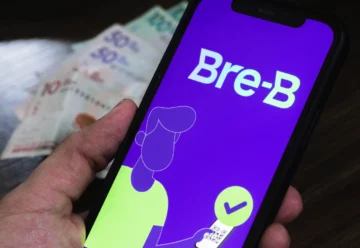IMF Highlights Risks of Using Crypto in Pacific Island Countries

The International Monetary Fund analysts revealed that the rapid adoption of digital currencies in Pacific Island Countries (PIC) could have certain negative consequences for local economies.
The International Monetary Fund issued a special document warning of the risks of the active introduction of digital currencies in Pacific Island Countries. However, the IMF analysts emphasized that cryptocurrencies can meet most local currency needs.
According to the document, digital assets can solve the following issues of the local economy:
- increase access to financial services;
- reduce transaction costs;
- compensate for geographic remoteness;
- improve government support;
- simplify international payments and remittances.
On the other hand, digital asset adoption in PICs may have adverse effects on local economies. The IMF analysts consider the main macroeconomic risk for PICs to be the lack of adequate regulation of stablecoins and other digital assets. The introduction of digital currencies without preparing a regulatory framework for their proper governance may undermine the ability of these states to monitor and manage financial flows.
Analysts highlighted several risks, including:
- a possible reduction in demand for banking services, which would make banks less attractive to local customers;
- digital monetary systems are more vulnerable to operational risks, as PICs often lack the resources and capacity to neutralize them, and some island states don’t even have monetary authorities;
- the inability to ensure the safety and soundness of digital monetary systems due to a basic lack of technical expertise in the region.
PICs includes 13 island states, namely the Cook Islands, the Federated States of Micronesia, Fiji, Kiribati, Nauru, Niue, Palau, the Marshall Islands, Samoa, Solomon Islands, Tonga, Tuvalu, and Vanuatu. The total population of these countries is ~2.6 million.
The IMF analysts suggest that PICs could counter international efforts to combat money laundering if digital assets are actively adopted and distributed. However, developing a regional approach to digital assets would help mitigate challenges such as scalability limitations and volatility. In particular, the IMF proposes to:
- develop systems with autonomous operation;
- ensure a high level of data collection to increase system resilience;
- modernize existing systems to ensure interoperability and programmability of digital assets.
Last year, Palauan authorities began minting Palau Stablecoins (PSC) based on the XRP Ledger blockchain network, which are designed to improve the country’s financial infrastructure and increase the availability of domestic payments. In late 2023, the Solomon Islands government started testing retail and wholesale versions of a central bank digital currency (CBDC). And Tuvalu plans to become the first sovereign nation to be fully recreated in the Metaverse.






